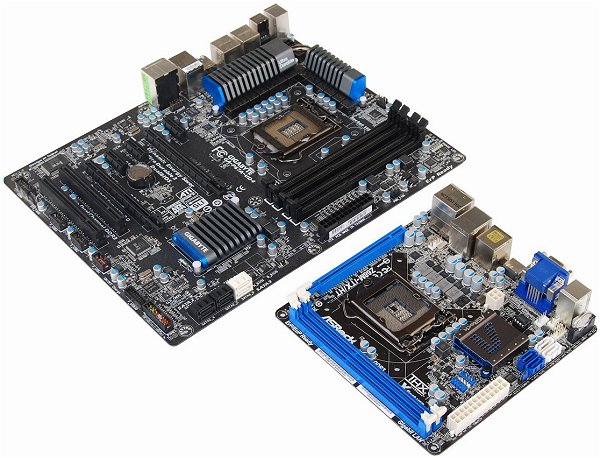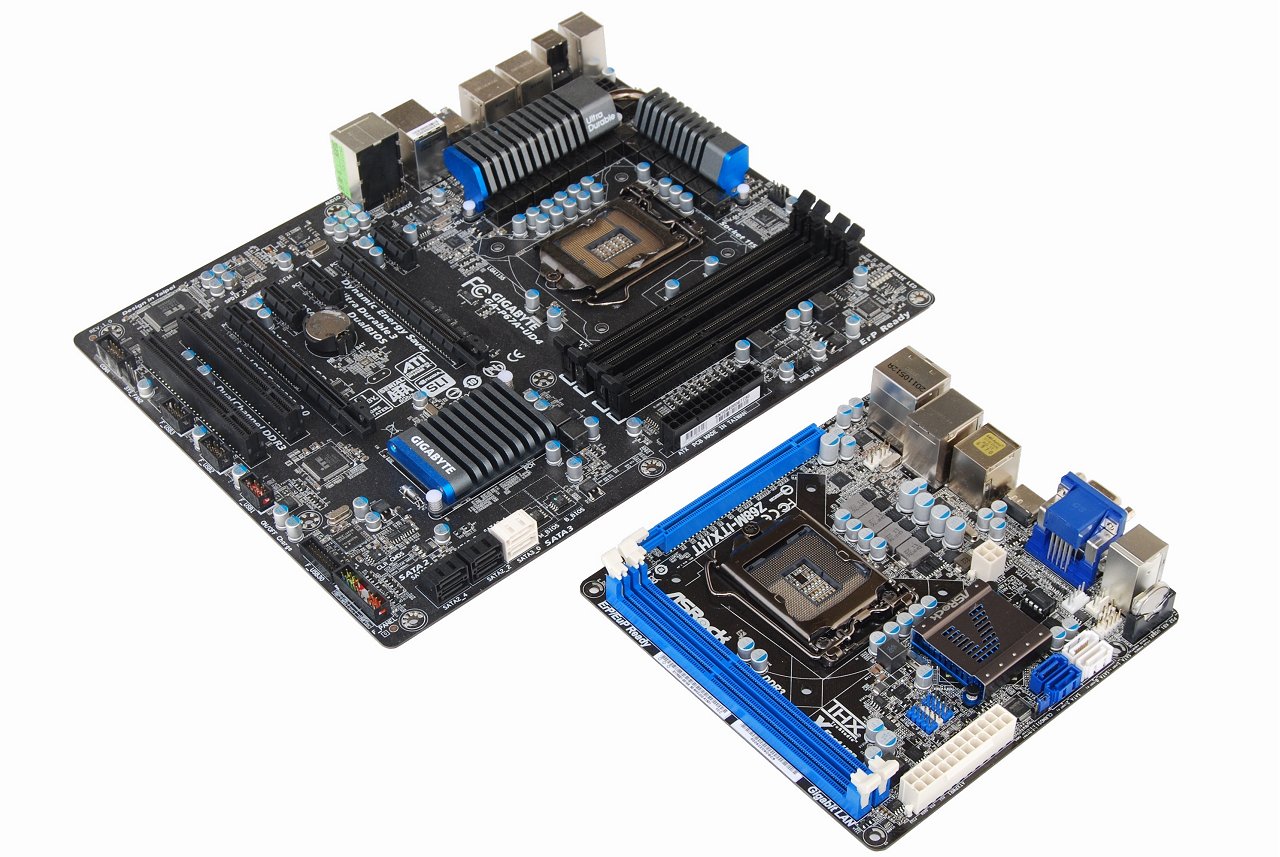Final Thoughts
So, how do these Mini-ITX boards fare against each other with their respective processors? Both platforms mirror each other when comparing features. In terms of value, the A75M-ITX is hard to beat at only $95 and it's the only Mini-ITX Socket FM1 motherboard we know of. The Z68M-ITX/HT costs a bit more at $120, but it's more flexible, supporting a broader spectrum of faster processors.
Despite those similarities, it's fair to say both platforms are different and will likely capture separate markets. We believe Intel has the upper hand if you're looking for a budget workhorse or high-end gaming rig, while AMD's Fusion platform rests somewhere in-between. It delivers respectable system performance and it's an acceptable solution for casual gamers or media buffs.
HTPC users that don't plan to run Crysis on max are probably best served by the A8-3850 or A6-3650. In this setting, AMD's Fusion chips only have one real weakness. They gulped about 30 to 40 watts more under stress. But unless you're particularly concerned about thermal loads or your electricity bill, this shouldn't be an issue – especially considering their speedier Radeon graphics core.
Serious gamers will undoubtedly nix the integrated graphics engines of either camp for a discrete solution. Doing so wouldn't render the A75M-ITX useless, as the A8-3850 was capable of driving the GeForce GTX 580 at full speed in games such as Battlefield: Bad Company 2 and Dirt 3. However, you'd be settling for less as AMD's chips were consistently slower in CPU-oriented tasks.

Such enthusiasts will likely want something snappier than the A8-3850 or the Core i3-2120, and that's where the flexibility of the Z68M-ITX/HT becomes advantageous. Despite its size, the board is fully capable of accommodating Intel's fastest consumer processors, allowing you to build a powerful, yet compact PC capable of running today's finest games in all their splendor.
Likewise, for non-gaming, media purposes or even general productivity tasks, Intel has the performance edge. The Asrock Z68M-ITX/HT armed with the Core i3-2120 processor proved to be the superior option in our synthetic and application benchmarks. The Core i3-2120 also consumed roughly 40% less power when performing these tasks.
As a side note, it's interesting that other aspects of the platforms further cement their roles. For instance, the A75M-ITX has better USB 3.0 support, which would probably be more appealing to an HTPC user with various storage devices attached. Conversely, the Z68M-ITX/HT was quicker in our SATA 6Gb/s tests, and that would likely be appreciated by a high-rolling performance fiend.
To reiterate our thoughts: AMD's platform is value-oriented all around. It's less expensive upfront, its integrated graphics engine can handle modern PC games with dialed down settings and it can be overclocked with few hassles – a privilege Intel users have to pay at least $220 for. Meanwhile, Intel's Z68 and Sandy Bridge are pricier but have the potential for more performance.
